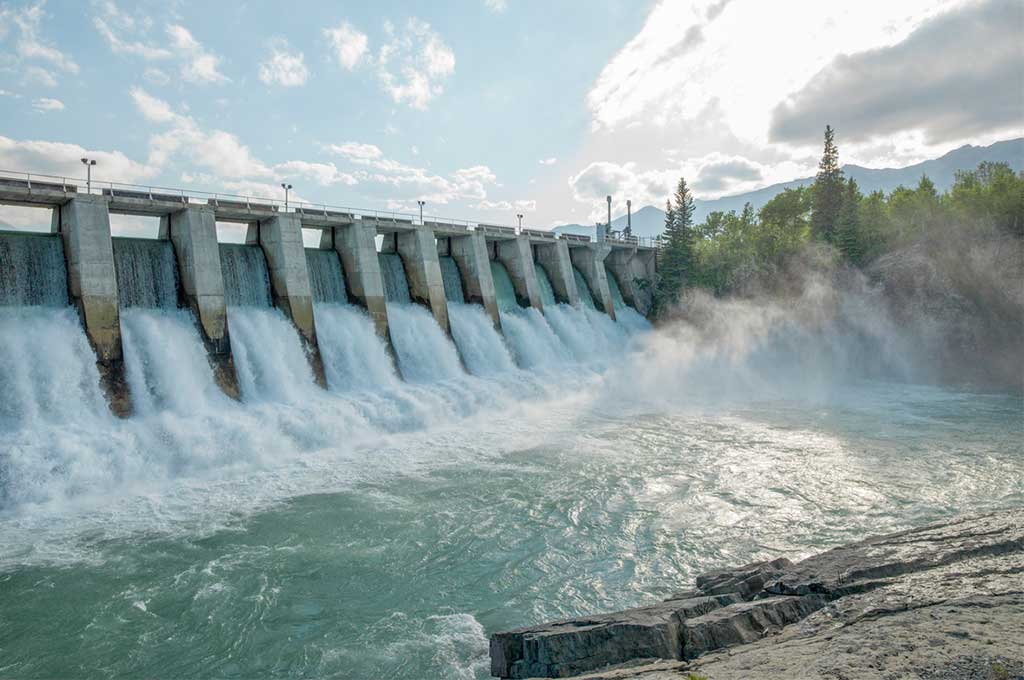
IESE Insight
With climate change, prevention is better than a cure
The path to a sustainable economy starts with decisive action from businesses and citizens.
By Joan Fontrodona and Bruno Martínez
The Rio Declaration on Environment and Development, signed in 1992, introduced the “precautionary principle.” This states that where there is a real threat of serious or irreversible damage, measures should be taken to prevent environmental degradation — and a lack of total scientific certainty is no excuse to delay.
This principle is essential for decision-making in situations where there is a possibility of harm, even when extensive scientific knowledge on the subject is lacking.
Climate change is likely the most urgent issue of our times, but for years the lack of consensus on the scale and urgency of the problem has been a challenge to decisive action.
The debate was polarized: catastrophic views of a bleak future of natural disasters, diversity loss and extreme temperatures on the one hand, and denialists who downplayed climate change on the other.
Our view, in line with the Rio Declaration, is that we need to take a constructive stance that is rooted in scientific data and proposes concrete actions to improve both current and future challenges.
Taking precautions, in this case, means being proactive but also being cautious in contexts of uncertainty. It means recognizing a social responsibility to protect the public from harm when there is a plausible risk. It involves anticipating harm before it occurs, taking corrective measures, and adjusting them based on new evidence.
Taking steps toward decarbonization
The role of businesses
Companies play an essential role in mitigating climate change, through their activities but also throughout their supply chains. As a matter of urgency, decarbonization strategies need to be integrated into decision-making, and businesses should establish maximum emission requirements when forging new commercial relationships. Tools such as carbon footprint calculators can quantify CO2 emissions from suppliers.
The transition to a low-carbon economy requires a clear commitment from companies to reduce their environmental impact. Pressure on suppliers is an effective lever to promote decarbonization.
The role of individuals
Society also needs to get behind the change. As individuals, we must all take responsibility for reshaping our daily choices: for example, by adopting energy-efficient practices at home or using sustainable transportation. This approach, based on individual responsibility and collective awareness, can undoubtedly make a significant difference in the fight against climate change.
In sum, decarbonization promotes a paradigm shift by reformulating our current way of life. It’s not about giving up everything, but rather adapting to environmentally friendly practices and technologies. Ultimately, it requires collective and coordinated efforts, and being proactive and committed. We need collaboration — between governments, businesses and everyday citizens.
About the research
Adapted from a paper on decarbonizing the economy from the CaixaBank Chair of Sustainability and Social Impact at IESE, led by Joan Fontrodona.
Key polluting sectors, and what to do about them
1. Electricity: In 2020, electricity production and consumption generated 15 billion tons of CO2 (41% of global emissions).
Solution: Transition to non-fossil energy sources like nuclear and renewable energy, which accounted for 38% of global electricity production in 2022.
2. Mobility: Transportation is responsible for 20% of global CO2 emissions, with 69% from road transport.
Solutions:
- Promotion of low-emission zones and adoption of clean vehicles.
- In the maritime sector, gradual elimination of heavy fuel oils, modernization of ports and ships, and regulation of port access.
- In the aviation sector, use of alternative fuels like green hydrogen, green ammonia and advanced biofuels.
3. Manufacturing: One of the most challenging sectors to decarbonize. For example, CO2 is an inevitable byproduct in cement production.
Solution: Permanently store CO2 in underground facilities to prevent its release into the atmosphere. So far, 300 million tons of CO2 have been successfully stored, with global underground storage capacity estimated at over 14,000 gigatons.
At a glance:

